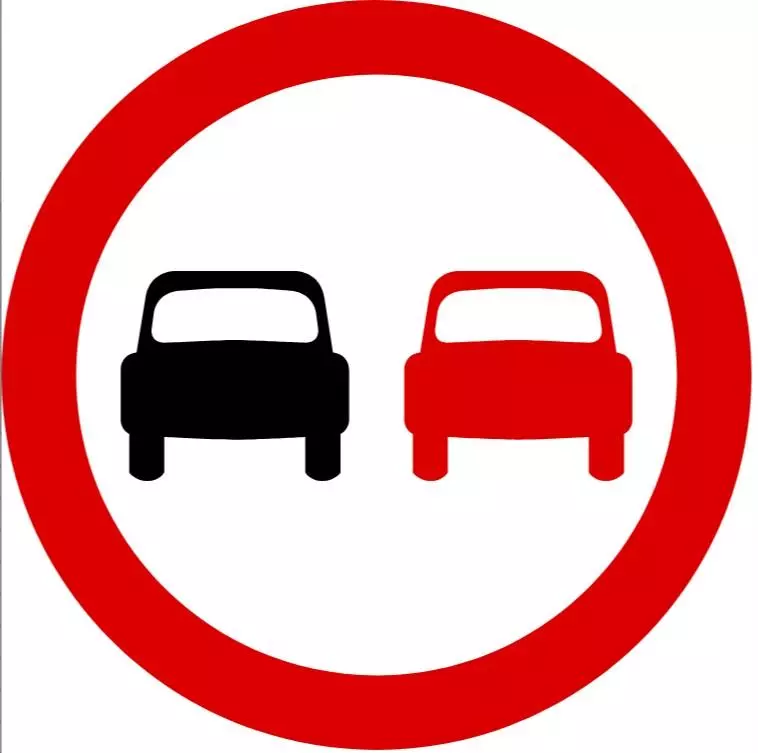When most of us imagine a road trip, we envision a blissful scene: long winding roads, the sun beaming down on us, fresh air blowing through the windows, and an empty landscape to explore.
While it’s true that some of your road trip experience will undoubtedly fulfill these high expectations, other elements… won’t. The vast majority of road trip routes will have you driving through at least one city, and potentially more if there are city landmarks you want to visit as part of your overall experience.
So, given the likelihood that you’ll have to drive through at least one unfamiliar city over the course of your next road trip, we thought a little advice for doing so might be beneficial. No matter how accustomed you are to driving in your home city, a city you’re less familiar with is an entirely different challenge - though it’s one you should be able to manage effectively if you keep the following tips in mind…
Plan Your Trip To Avoid Busy Traffic Times
While rush hours are generally considered to be during the morning commute and evening commute, each region and city has their own unique patterns. For instance, while "rush hour" might be from 4-6 on the East Coast, because business starts earlier on the West Coast you might find highways busy as early as 2 or 3 pm.
Similarly, while some cities such as Chicago are centralized with spokes of highways packed with people leaving the suburbs, others like Atlanta, Los Angeles, or Orange County are a suburban nightmare of people going every direction at once.
As you’re going to be driving through an area you are not familiar with, the less traffic you have to deal with, the better. As a result, try and schedule your time in the city outside of these brackets; doing so will significantly reduce the stress you are liable to experience.
Eliminate Distractions
When driving through an unfamiliar city, turn all in-car music off, and keep conversations with passengers to a minimum. This should ensure you’re able to focus fully on the navigating a confused, bustling city successfully rather than having to spend your vacation taking your car for repair work, looking for local car accident lawyers, or recovering from injuries as a result of a wreck.

Be Aware of Unfamiliar Road Signs and Traffic Patterns
Even while traveling within the United States there are variations in traffic patterns and road signs. For instance, Texas and New Jersey both differ significantly from other states in terms of turning and use of access roads. Other states are moving to use more and more roundabouts instead of intersections. Still other areas use unique road signs that might be distracting or confusing to a driver unfamiliar with the area. Road signs are inherently distracting - which, as we discussed above - is a particular concern for drivers, so try to train yourself to glance over irrelevant road signs and only fully focus on those that are pertinent to your journey.
Double Your Planned Drive Time
I always plan my trips using Google Maps and looking at an estimate for the journey. However, if it is a meeting I always double my time. This allows me to stop for a bathroom break or grab something to eat. You are always better arriving 30 min early than five minutes late!
Cities are busy even outside of rush hours, and all the more so if you have never driven through a particular city before. It’s therefore essential to be cautious when planning your driving time through a city; as a good rule of thumb, take the ‘estimated journey time’ of your GPS and double it. The last thing you need is to feel like you have to rush, and you’ll also need the time in order to…
Be Willing to Circle Back Rather Than Cut In
We’ve all had moments when a GPS tells us to do something, then seems to change its mind: it meant that lane, not this one, or you should have taken that exit instead of the next one. Such an experience is an infuriating fact of life, but it’s one you need to be especially wary of when driving through a city. If you miss an exit, or have joined a lane that’s going in the wrong direction entirely, go with it rather than causing unnecessary stress by trying to correct course in the moment. Your GPS should reroute quickly, allowing you to circle back to the area of the error with relatively little fuss - albeit with a bristling sense of irritation towards your GPS!
